The contemporary automotive components industry provides extensive windshield wipers designed for passenger vehicles. For instance, in the “Spare Parts” section, brushes are available to suit any preference or budget. Let’s determine what considerations you should make when replacing your car’s windshield wipers.
Type. Installing any windshield wiper varieties described above is possible for the most prevalent models. However, it is more advisable to concentrate on the one that comes with the factory bundle. Glass cleaning systems, including their drive mechanisms and washers, in addition to brushes, are engineered to operate with maximum efficiency. Furthermore, automobile manufacturers frequently delegate these developments to windshield wipers firms.
Obviously, the nuances of operation may also influence the decision. For instance, suppose you own a low-priced automobile featuring original frame windshield wipers, yet you frequently traverse rural thoroughfares at top speed. Afterward, investing in more costly hybrid brushes is prudent for your safety and comfort. Additionally, if you drive year-round throughout the city, installing “winter” wipers in the autumn would not be a bad idea.

Cost. Price. Additionally, budget may play a significant role in your decision. Considering the vast array of prices for windshield wipers, an unnamed frame that wipers costs 5 dollars, while a sophisticated blade model from a market leader can cost several thousand dollars. Furthermore, certain renowned manufacturers (such as Bosch or Champion) offer both affordable and premium models that bear a striking resemblance to the budget models but are priced several times higher. However, miracles do not occur: a low-quality windshield wiper will likely start spreading grime considerably sooner than one from a reputable manufacturer. Conversely, only some of the most costly wipers will remain effective indefinitely.
The brand. The performance and durability of windshield wipers from different manufacturers can vary substantially despite their external similarities. Sadly, the success of the purchase will not become apparent until the vehicle is delivered, and not immediately.
Prominent and well-known manufacturers in the industry include SWT, Bosch, Valeo, Trico, and Champion. Denso has achieved notoriety due to the components it provides to Japanese manufacturers’ assembly lines. Almost any major auto parts retailer will likely carry Hella, SCT, or Alca brushes.
If the products of these brands appear out of your price range, consider the well-known brands. But it is hazardous to rely on obscure Chinese craftsmanship. Successful examples can be found among them; however, there is always the possibility of encountering an actual marriage; it is truly a game of chance.
The length. Standard measurements of windshield wiper blades are specified by the length of the rubber band, with 5-10 mm increments being the norm. The manufacturer sets the necessary dimensions for each automobile model. In most contemporary passenger vehicles, the length of the driver’s wiper is greater than that of the passenger’s left wiper.
When purchasing new brushes, one may either measure the length of the existing brushes on the vehicle or consult catalogs available on the websites or in print format from major retailers. Some drivers install slightly longer-than-standard windshield wipers because the glass typically has some excess space. As a result, their objective is to maximize the surface area that brushes clear to enhance visibility.

Conversely, some automobile proprietors opt for marginally shorter brushes than recommended. In doing so, they intentionally sacrifice the cleanliness of the glass’s central region to save a small amount of money; after all, a shorter brush exerts more pressure against the glass. However, adhering to the dimensions suggested by the automobile manufacturer is more advisable, as the deviation will have a negligible impact in both scenarios.
Secure fasteners Although the windshield wipers’ length has been standardized for quite some time, numerous methods still exist for attaching them to a leash. This, unsurprisingly, adds complexity to the purchaser’s brush selection process.
Before going to the store, examine the “connector” model installed in your vehicle. It is ideal if one of the brushes can be removed and transported for comparison. Alternatively, consult the catalogs of reputable automobile manufacturers, which feature nearly every vehicle manufactured in the past and present.
The hook positioned on its side in the shape of a U is one of the most prevalent windshield wiper mounts. It is available in two primary dimensions: 9×3 and 9×4 (for passenger vehicles). It is commonly found on domestic, Japanese, and Korean automobiles.
$21.99
$15.99
The side pin is Standard on Mercedes, Peugeot, and Ford (European) automobiles. Occasionally, it is observed on specific BMW or Volvo models manufactured by the VAG concern. The press button is primarily associated with Volvo, Citroen, and Renault. American Ford and Volkswagen do not always use the identical variety.
Additional variants include side mounting, pressure tab, and the bayonet arm, a design Saab created initially. Discrete alternatives may be applied to the rear wipers of station wagons and hatchbacks.
To achieve universality when developing windshield wipers for the aftermarket, manufacturers frequently include a set of adapters or adapters for various leads. When purchasing these wipers, examine the packaging; it should include a list of the most common makes and models they are compatible with.

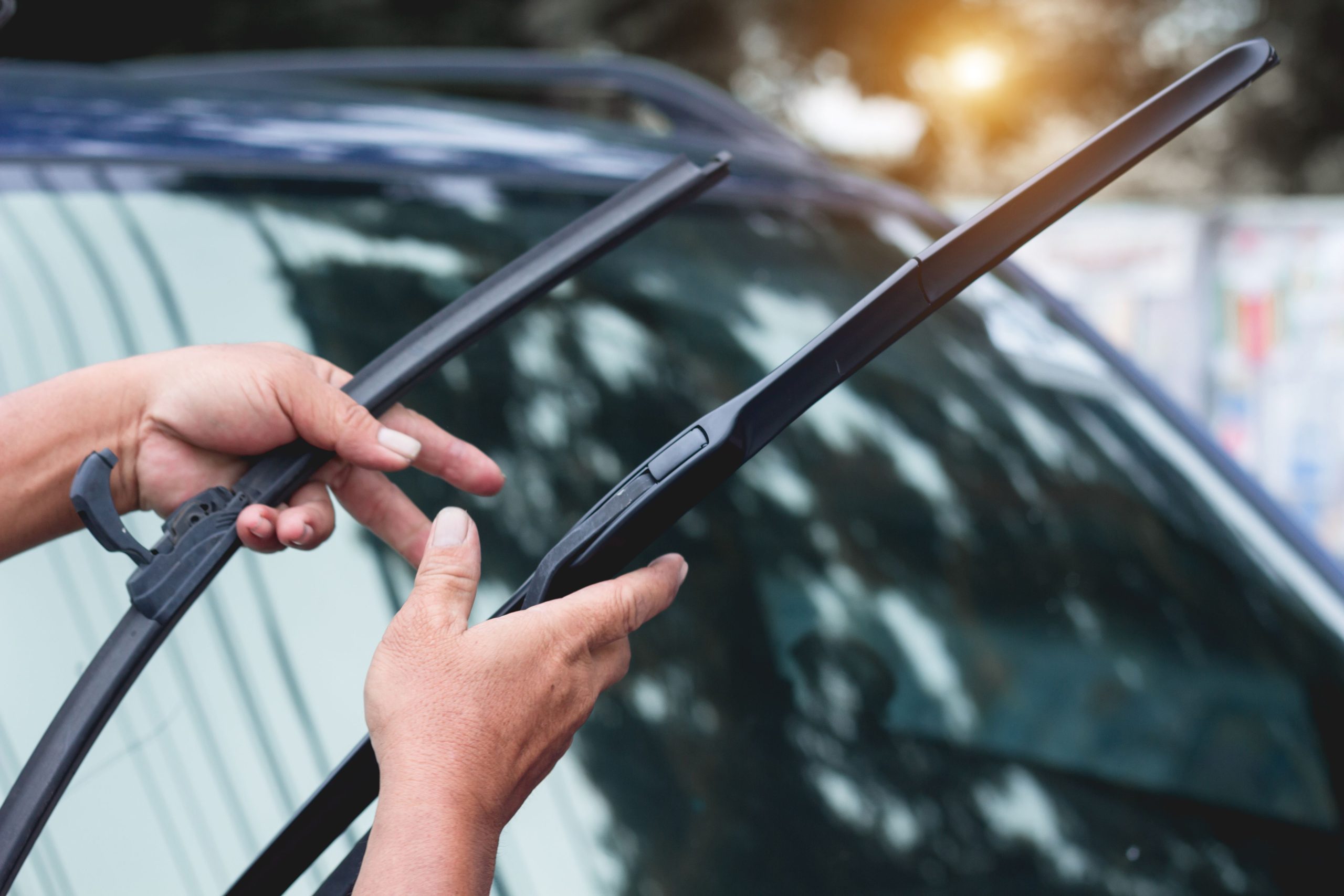






 What are wiper blades, and how should one select one?
What are wiper blades, and how should one select one? 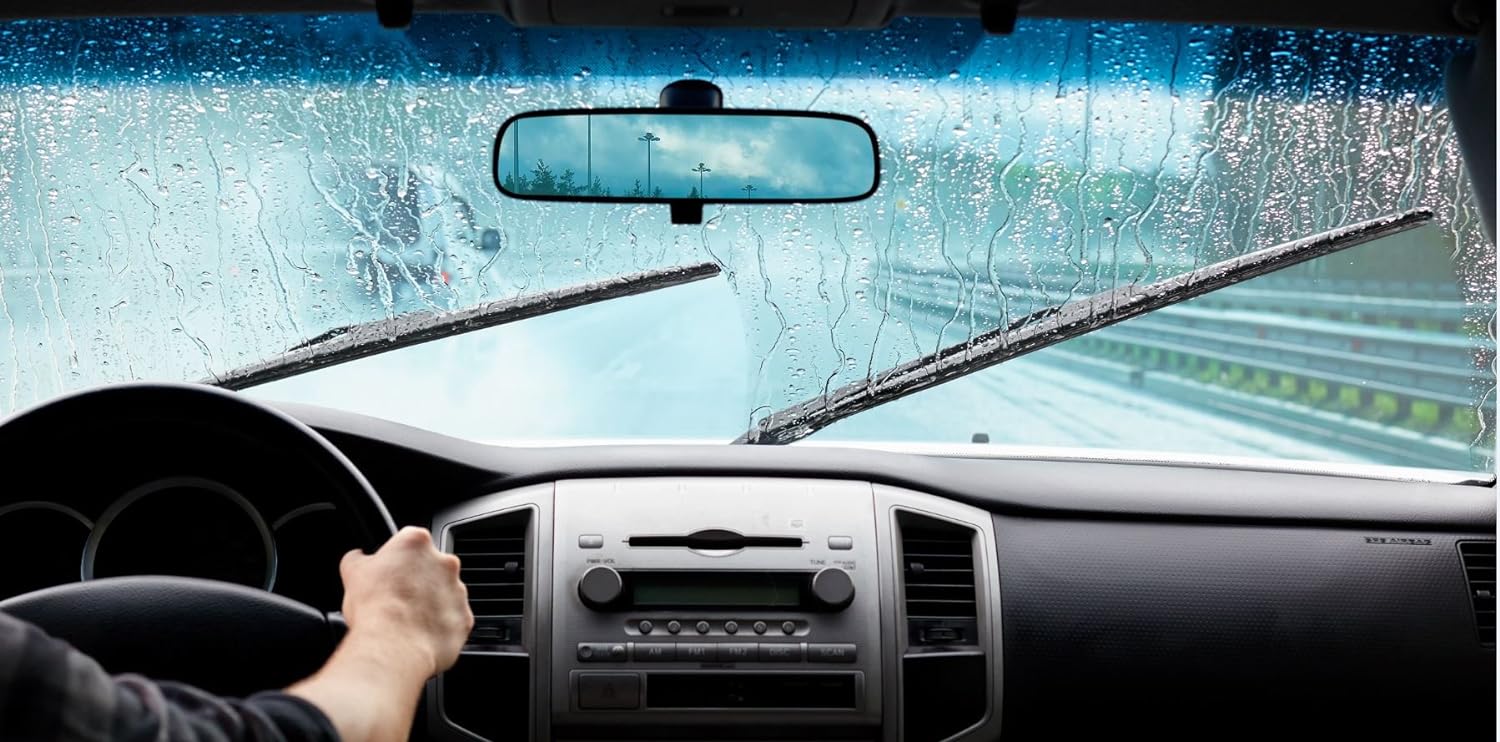 Wiper blades with or without frames: which is better for winter?
Wiper blades with or without frames: which is better for winter? 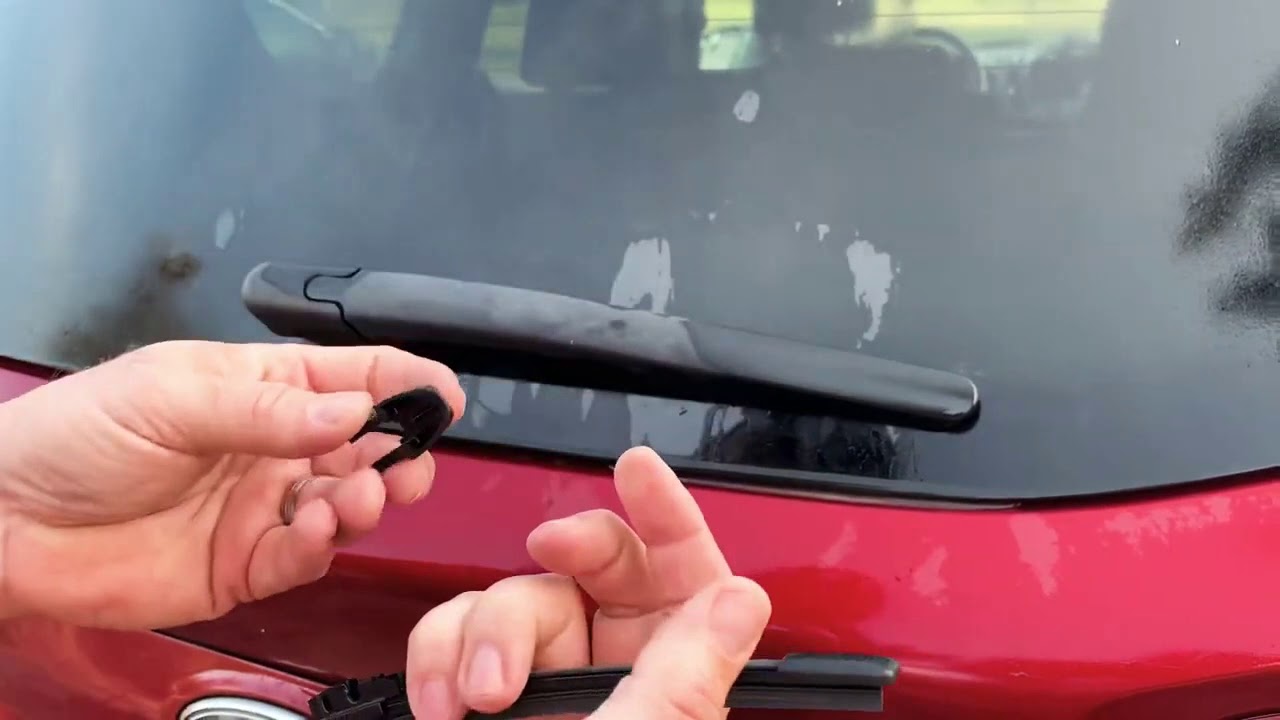 How Effective Is Your Car’s Rear Windshield Wiper?
How Effective Is Your Car’s Rear Windshield Wiper? 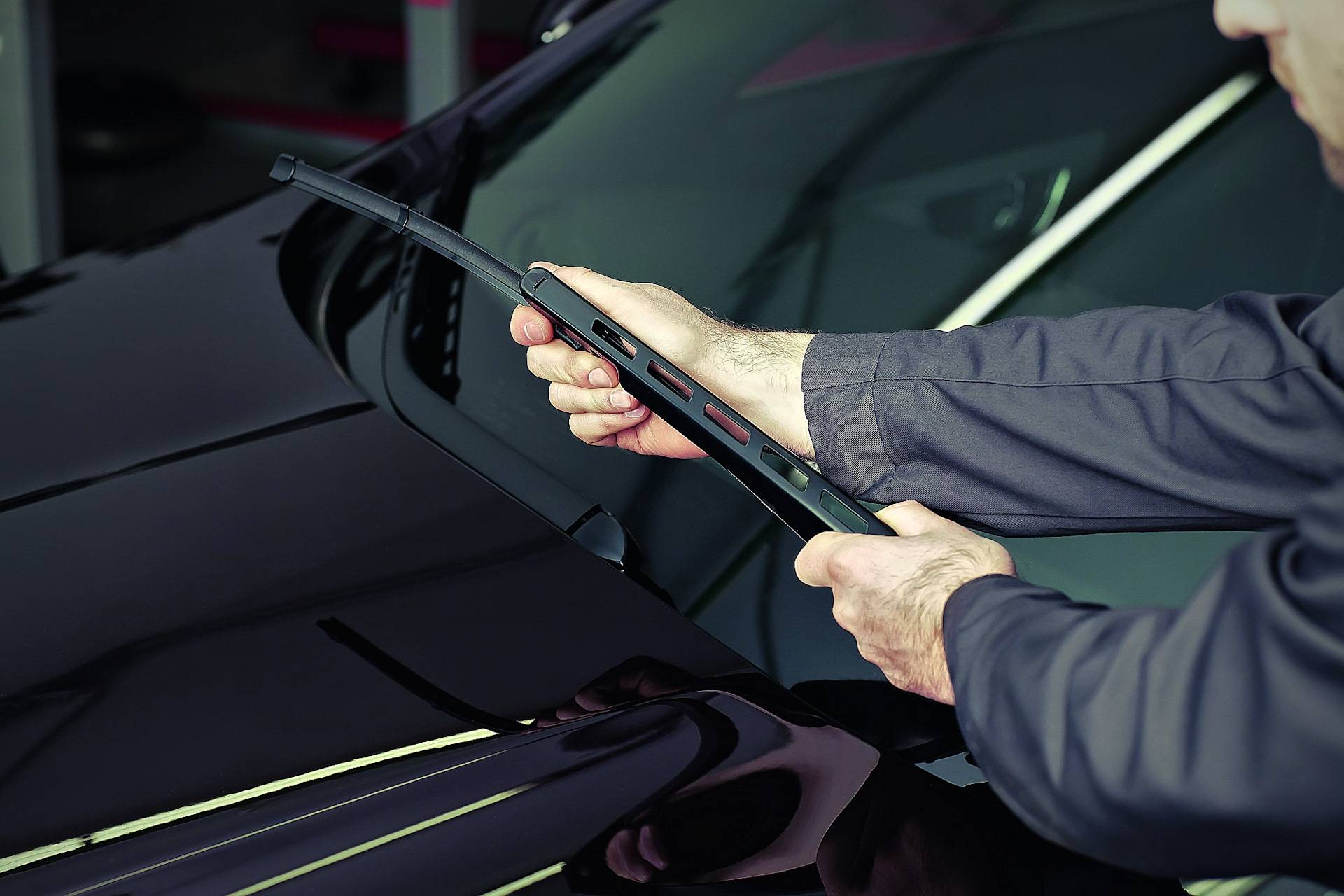 Whenever the wipers are ineffective, how about we see if these can fixed?
Whenever the wipers are ineffective, how about we see if these can fixed? 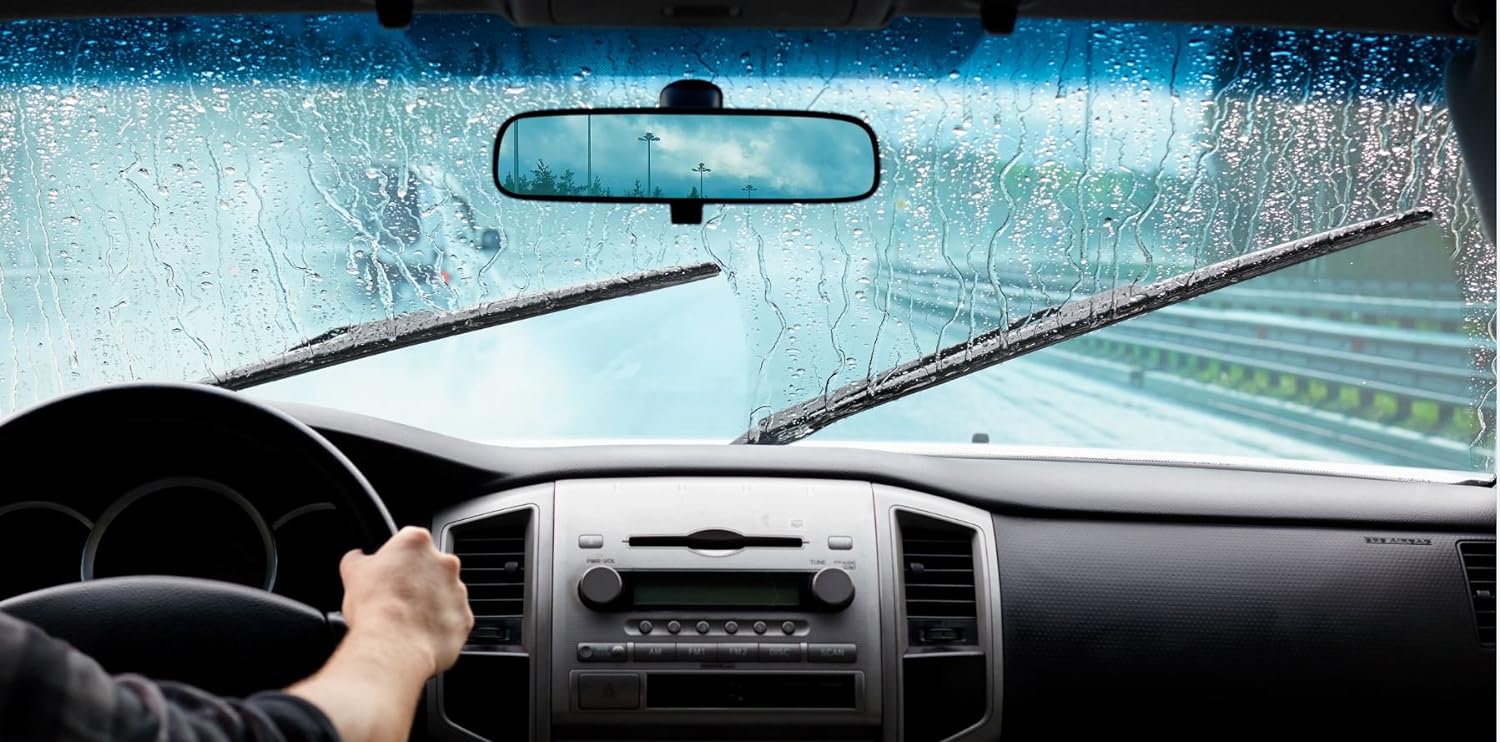 Methods for removing snow from windshield wipers while driving
Methods for removing snow from windshield wipers while driving  Important considerations when selecting windshield wiper blades
Important considerations when selecting windshield wiper blades